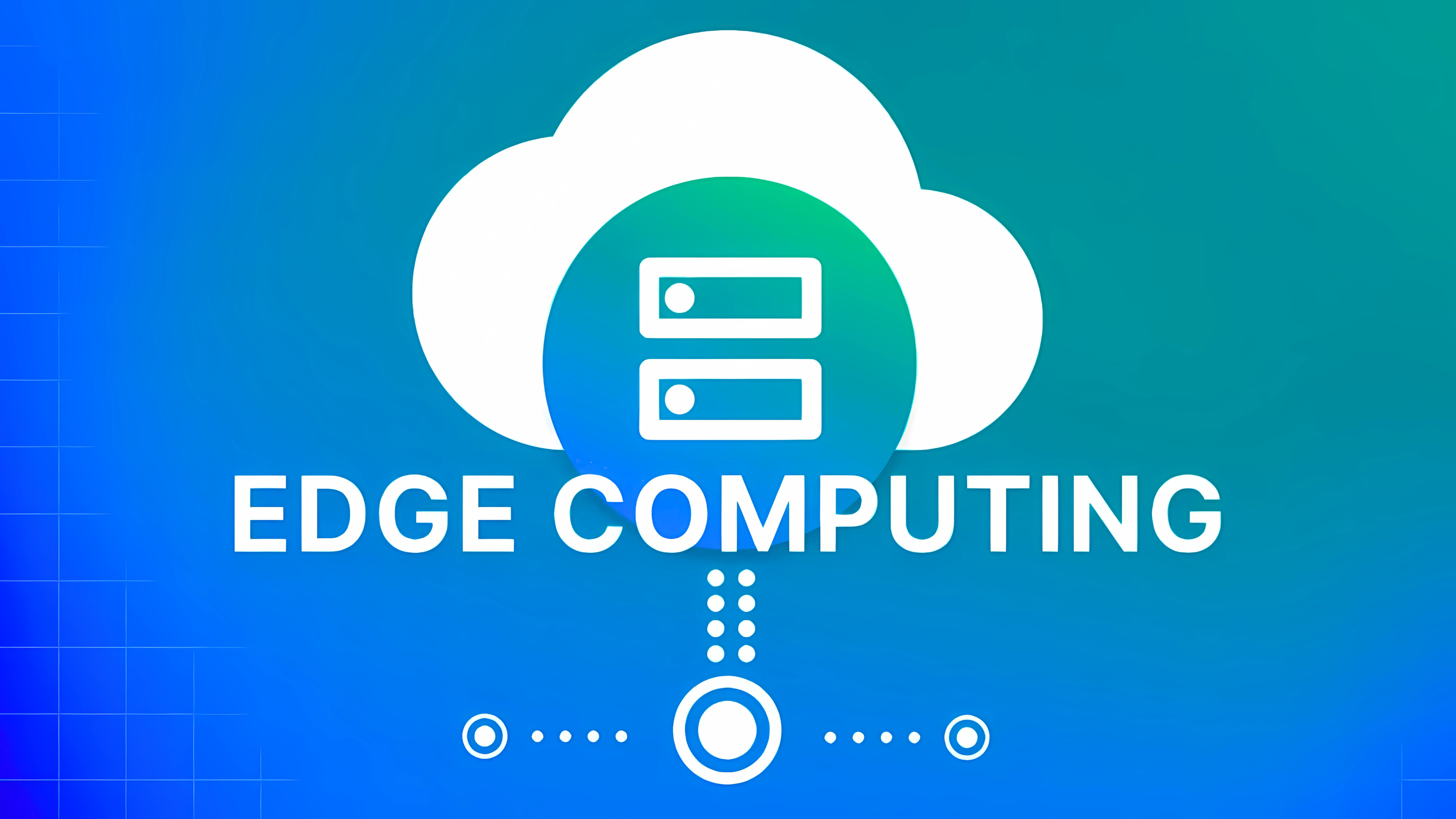In today’s fast-paced digital world, data processing is critical for businesses to operate efficiently and provide seamless user experiences. As the demand for real-time processing increases, traditional cloud computing is being augmented by edge computing—a transformative approach that brings computation and data storage closer to the devices and users generating it
In this blog, we’ll explore what edge computing is, how it works, its benefits, and why it’s considered the future of data processing.

What is Edge Computing?
Edge computing is a distributed computing paradigm that processes data at or near the source of its generation, instead of relying on a central data center. By decentralizing processing, it reduces latency and improves speed, making it ideal for applications that require real-time responses.
For example, a self-driving car equipped with sensors needs to process data locally to make split-second decisions. Relying on a remote data center could introduce delays, potentially causing accidents. Edge computing solves this challenge.
How Does Edge Computing Work?
Edge computing leverages local devices like edge servers, gateways, and even IoT devices to process data close to its source. Here’s a simplified workflow:
- Data Generation: Devices like sensors, smartphones, or IoT gadgets collect raw data.
- Local Processing: Data is analyzed or processed on edge devices, eliminating the need to send large volumes to centralized cloud servers.
- Cloud Integration: Only critical or summary data is sent to the cloud for long-term storage, deeper analysis, or additional actions.
Key Benefits of Edge Computing
Reduced Latency :
Edge computing processes data locally, minimizing delays caused by transferring
information to and from a central server. This is crucial for applications like gaming,
autonomous vehicles, and healthcare monitoring
Improved Bandwidth Efficiency :
By processing data at the edge, organizations can reduce the volume of information sent to central servers, optimizing bandwidth usage and lowering costs.
Enhanced Security and Privacy :
Sensitive data is processed closer to its source, reducing exposure during transmission and providing an additional layer of security.
Scalability :
Edge computing allows businesses to scale operations efficiently by distributing
workloads across multiple edge devices, avoiding overloading centralized systems.
Better Reliability :
In case of network outages, edge devices can continue to function autonomously,
ensuring uninterrupted services
Applications of Edge Computing :
Edge computing is revolutionizing various industries with its real-time processing
capabilities:
- Healthcare: Wearable devices and remote monitoring systems use edge computing to provide instant health insights.
- Manufacturing: Smart factories leverage edge computing for predictive maintenance and process automation.
- Retail: Retailers use edge devices for personalized in-store shopping experiences.
- Telecommunications: 5G networks integrate edge computing to deliver faster and more reliable connections.
- Transportation: Autonomous vehicles rely on edge computing for real-time navigation and decision-making.
Challenges in Edge Computing :
Despite its advantages, edge computing comes with challenges:
- Infrastructure Costs: Setting up edge servers and devices can be expensive initially.
- Management Complexity: Monitoring and maintaining distributed systems require robust tools.
- Integration with Legacy Systems: Incorporating edge computing into existing IT ecosystems can be complex.
The Future of Edge Computing :
The rapid adoption of technologies like IoT, AI, and 5G is driving the growth of edge
computing. Experts predict that by 2025, edge devices will process a significant share ofglobal data, transforming industries and enabling innovations like smart cities, advanced robotics, and immersive AR/VR experiences.
Businesses that adopt edge computing early will gain a competitive edge by offering faster, more reliable services while staying ahead in an increasingly data-driven world.
Conclusion :
Edge computing goes beyond being a mere technological innovation; it represents a fundamental transformation in the way we handle and utilize data. By bringing computation closer to where it’s needed, businesses can unlock new possibilities in speed, efficiency, and innovation. At Aryu Technologies, we’re committed to empowering organizations to embrace cutting-edge solutions like edge computing, driving success in the digital age.
Ready to leverage edge computing for your business?
Contact us at Aryu Technologies to explore how we can help you implement the latest technological solutions.






